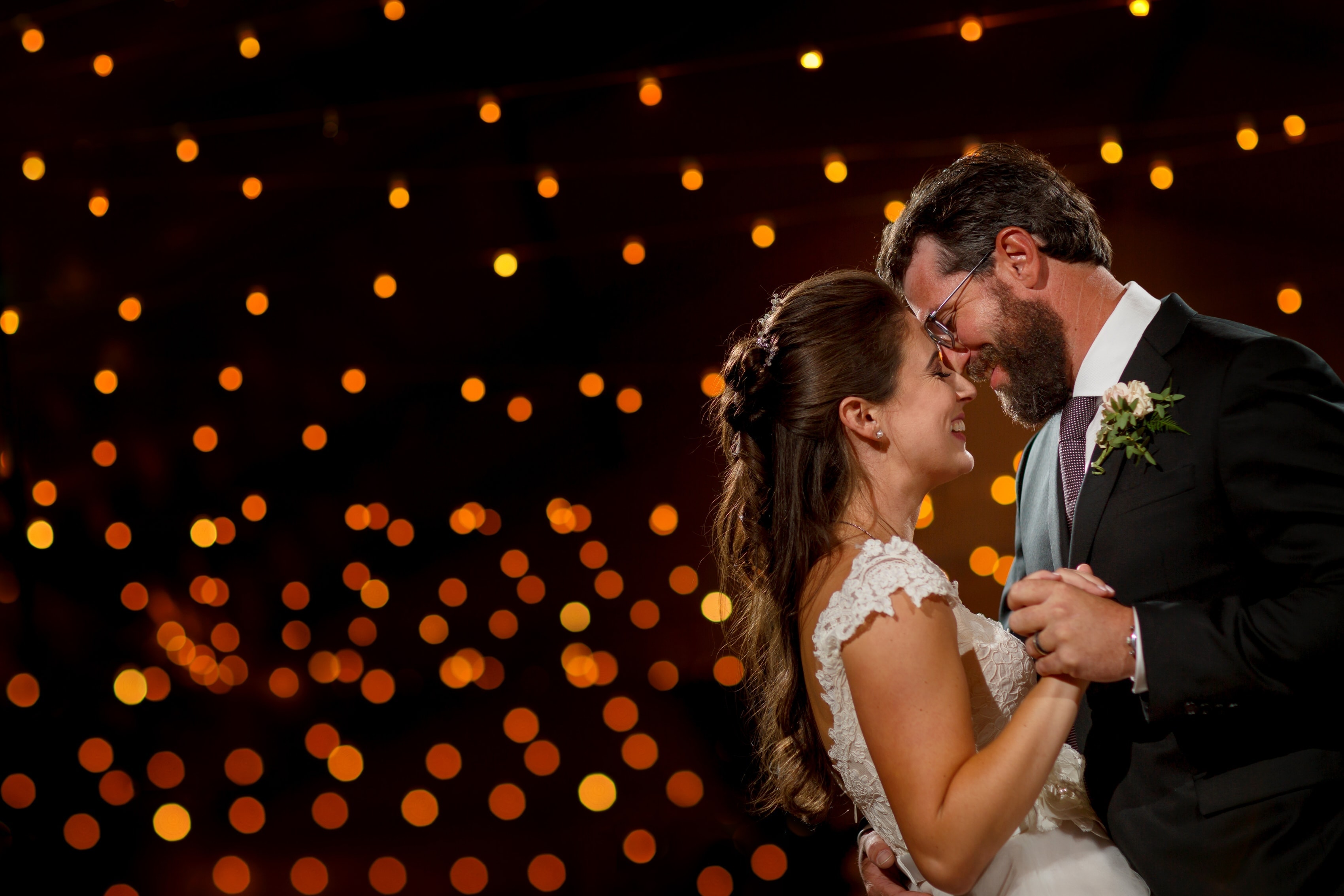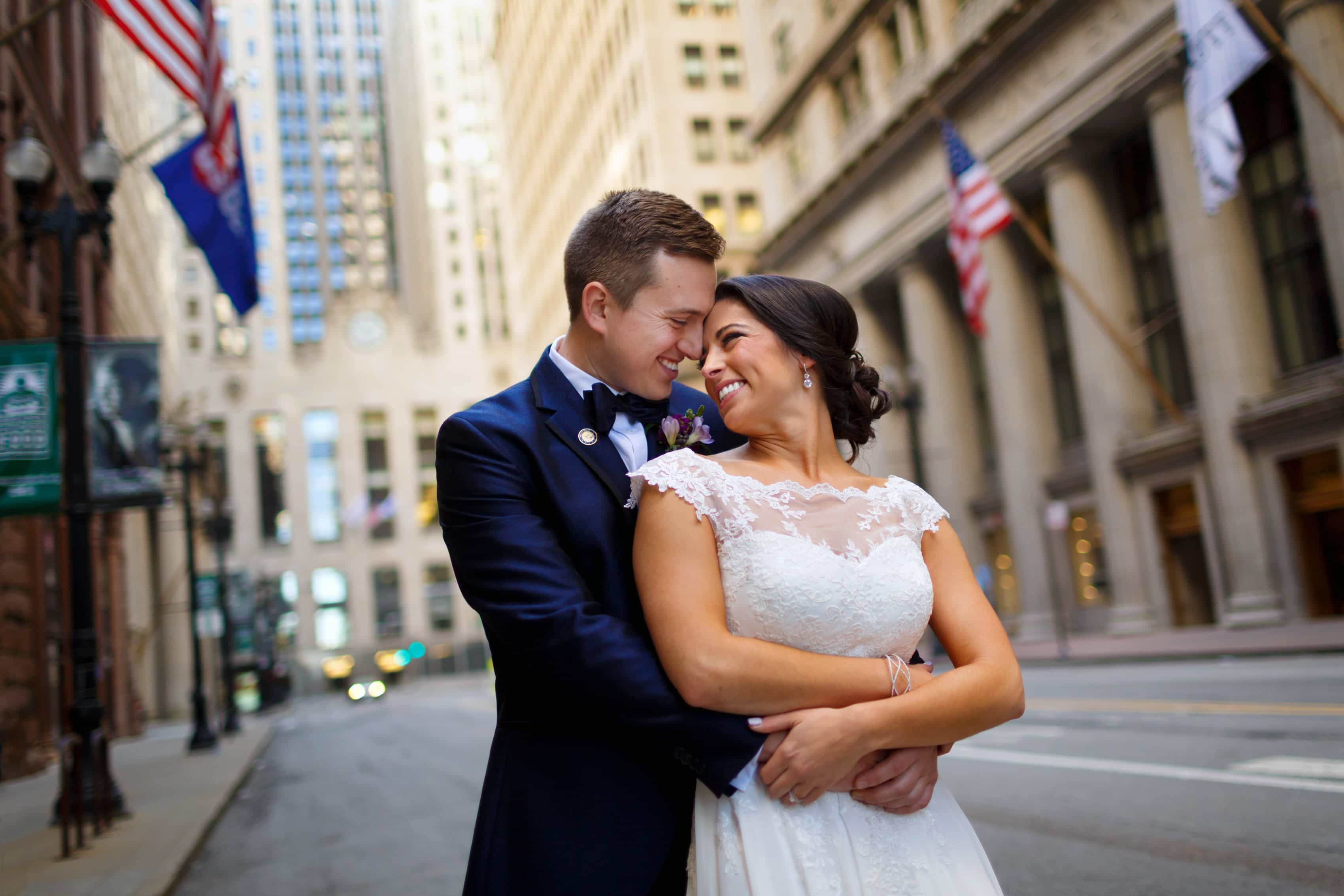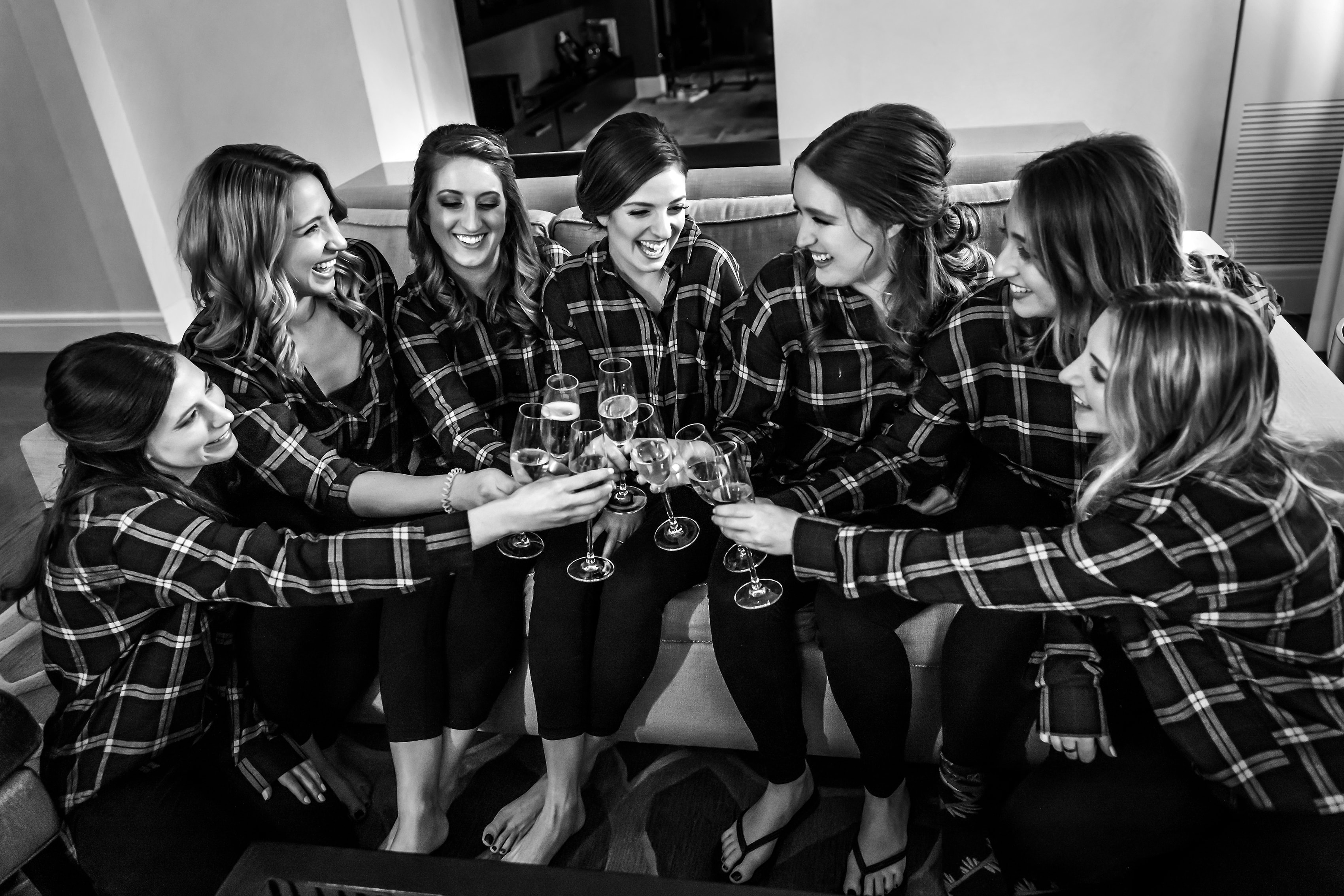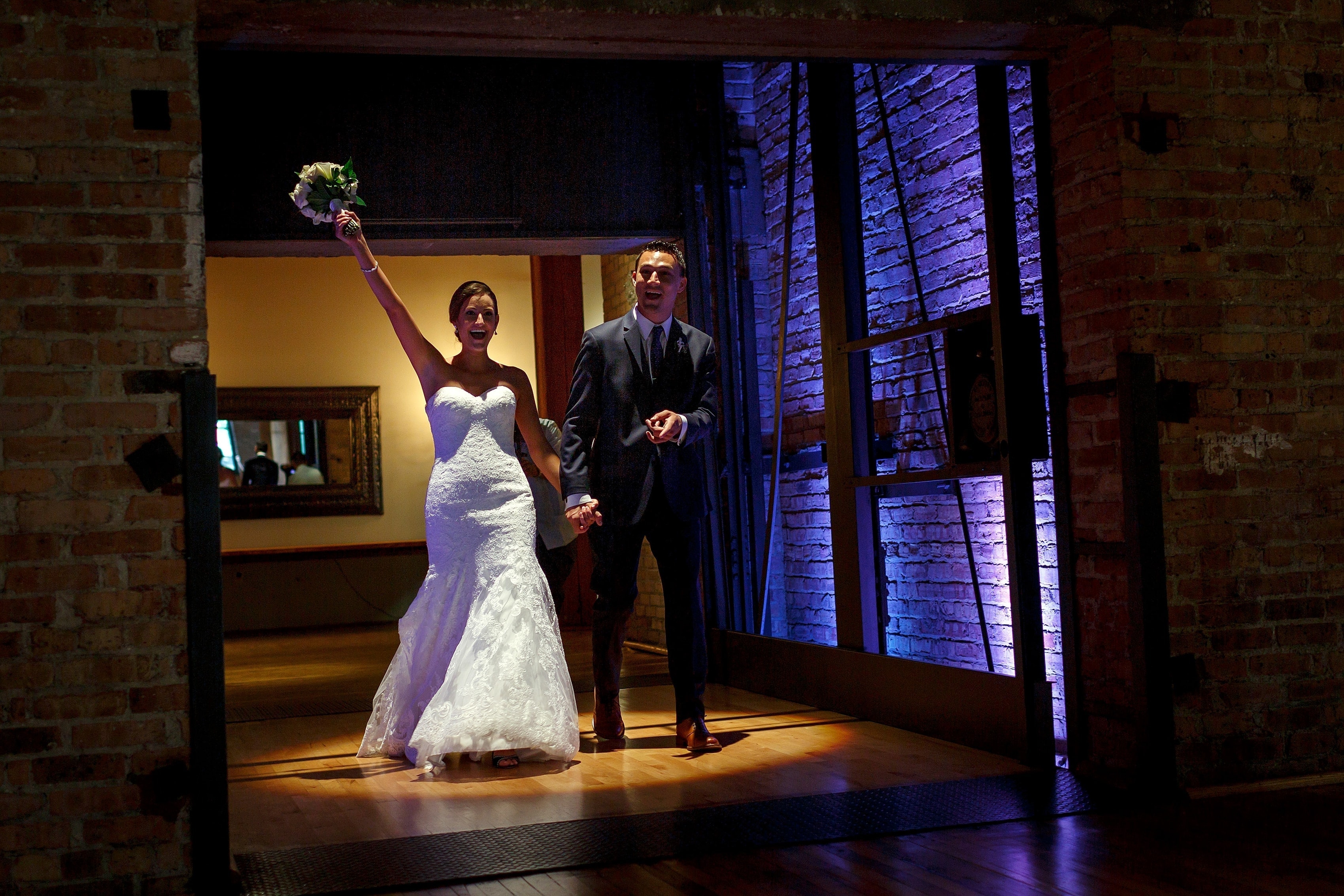how to create a wedding guest list
For most couples, the toughest task in wedding planning is creating the guest list. Negotiating family politics and budget concerns isn’t the most fun way kick off the planning process. And while it’s fun to jump straight in and start looking at wedding venue options, you can’t really book anything until you know you’ve got a good grasp on your guest count. But with a little organization and preparation you can tackle your guest list like a pro.
Start with your vision for the day
Before even trying to think about names, consider what you’re imagining your day to feel like. If you’re imagining a small, intimate ceremony, it’s hard to achieve that with a 200-person guest list. By the same token, if you know you want an all-night dance party, it can be hard to create that with a small group of mostly family.

Talk with your families about expectations
Before you commit to inviting anyone, talk to each of your families about their expectations. Bringing your parents into the conversation early can help avoid trouble later. If they’re contributing with the finances, they might feel that entitles them to be part of the invitation decision-making. If you’re paying, consider giving them a set number of invites that they can use for anyone they feel you left off the list. Then stick to that number.
Lean on your siblings’ list
Did either of you have a sibling get married? If yes, they probably still have their guest list. Make sure you get copies from them so you can be sure you know which family members got invites. You don’t have to invite the same people, but at least you’ll know you’re not leaving anyone out by accident.

Decide how to handle plus-ones
Figuring out who gets a “plus-one” invite is really up to you. You’ll probably know if one of your guests is engaged or has a long-time significant other. But don’t feel obligated to turn every invite into two. And don’t feel bad about having a “singles” table.
Don’t forget about kids
Kids also count toward the total number, and it’s not uncommon to have a child-free wedding. That can complicate things for new moms or traveling families, so be aware of that. Some venues have spaces where kids can hang out if you want to provide a baby-sitter.

Start by listing everyone
It might be easier to list everyone out first, then categorize. That means listing everyone. Even if you don’t think they’ll come or even if you don’t think you’ll have room, just put your entire network down. When you’re finished you’ll have a top-end number and can be realistic about the next step.
Categorize into (at least) two lists
Begin with your “lifeboat” people. They’re the easiest to identify. It’s likely that neither you or your spouse-to-be can imagine the wedding without them. If it wasn’t for sharing your day with these people, you might just elope! It’s also okay to make a make a ‘second-round’ list. If you send out invites early enough, you might be able to include them as you get RSVPs back. However, be careful about drawing lines within certain groups – for example inviting some but not all of your cousins.

Use the one year rule
If you’re having trouble deciding about the last few friends on the list, use this test – have you seen them in the past year? Do you think you’ll see them this year? If they were getting married this year, would you be upset if you didn’t get an invite? It’s easy to get nostalgic about friends from the past, but if they’re not part of your present it’s okay to leave them off the list.
Don’t ignore venue restrictions
When venues list size restrictions for the number of people in their space, it’s not just a suggestion. They know exactly how many people they can handle for seated dinners or ceremonies. They also have legal limits based on fire and building codes. Be careful inviting more people than your venue can hold on the premise that some people won’t attend. If you get more ‘yes’ RSVPs than you expect you’ll be in a really tough spot.

Use the guest list for more than just a headcount
You can use it to keep addresses and track gifts you receive. You can designate who is also invited to the shower or rehearsal dinner. And you’ll definitely want to use it to track your RSVPs. Number the guest list and write (you can do it lightly in pencil) the corresponding number on each RSVP. That way, when you get back a blank card you’ll know exactly who to call.

